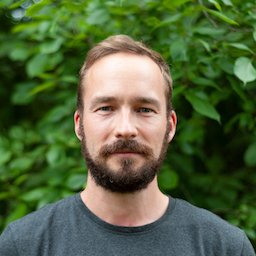Seminar of the Department of Microbiology
Disentangling soil microbiomes by perturbation: disease suppressive soil case study
Adam Ossowicki, PhD - Institute of Biology Leiden, Universiteit Leiden, Leiden/NL
26.01.2023, 11:00 - Hybrid
- Join online
- or in presence: TBD

Abstract
Soil biota contribute to diverse soil ecosystem services such as greenhouse gas mitigation, carbon sequestration, pollutant degradation, nutrient acquisition for plant growth and plant disease suppression. Because of the complex diversity and dynamics of the rhizosphere microbiota unravelling the mechanisms by which specific microbial consortia provide protection against diseases is a challenge. Perturbation approaches can be useful tools to disentangle soil microbiome functions and to reveal the underlying mechanisms. By applying perturbation, one can generate compositional and functional shifts of complex microbial communities in a controlled way. Perturbations can reduce microbial diversity, diminish the abundance of specific microbial taxa and thereby disturb the interactions within the microbial consortia and with their eukaryotic hosts. To illustrate how the microbiome perturbation can be an asset to disentangling microbiome-associated plant phenotype on the functional level I will use an example of a Fusarium culmorum disease suppressive soil. Our results show that disease suppressiveness can be transferred to a sterile soil by introducing the microbiome extracted from the rhizosphere of wheat grown in the suppressive soil. Introducing different dilutions of this microbiome into the sterile soil revealed a nonlinear relationship between the dilution factor and the level of disease suppressiveness. Our study exemplifies the high added value of dilution-to-extinction to deconstruct a naturally occurring microbiome-associated plant phenotype. Deciphering the mechanisms and microbial consortia involved in suppressive soils is highly instrumental for the development of new disease management strategies for sustainable agriculture.
